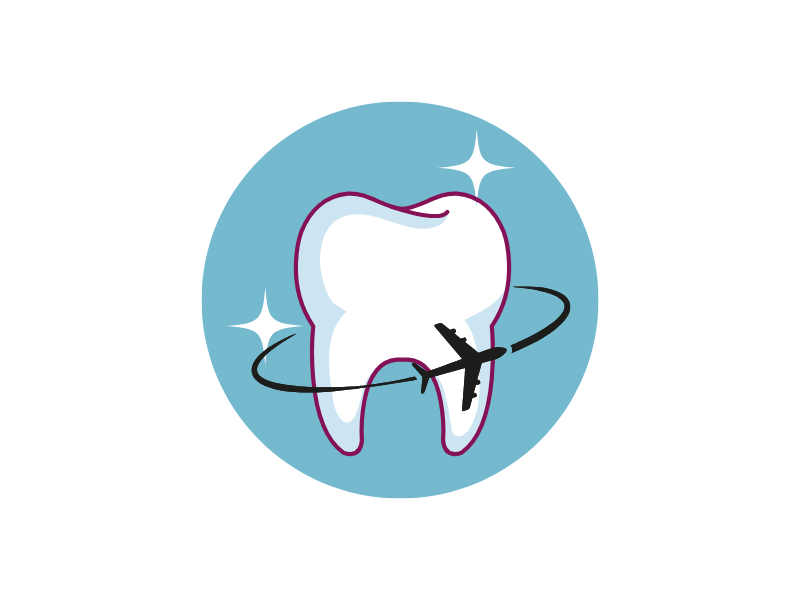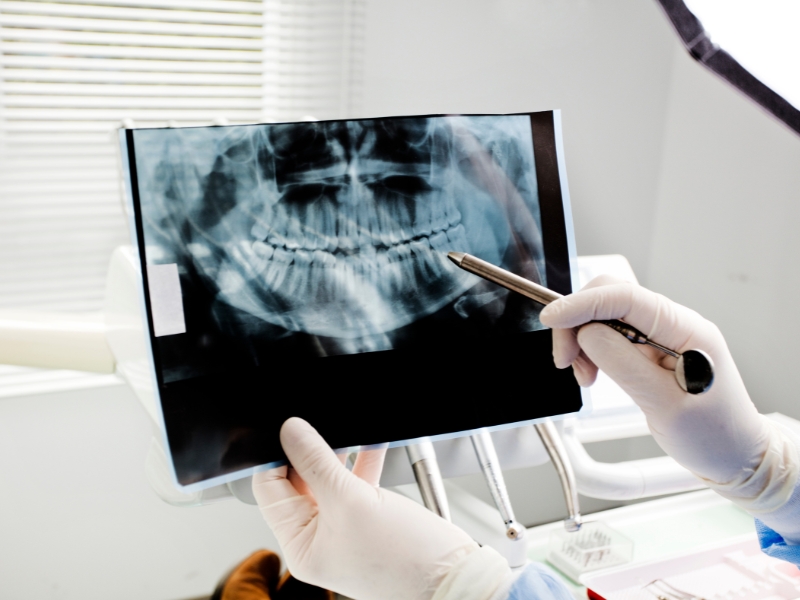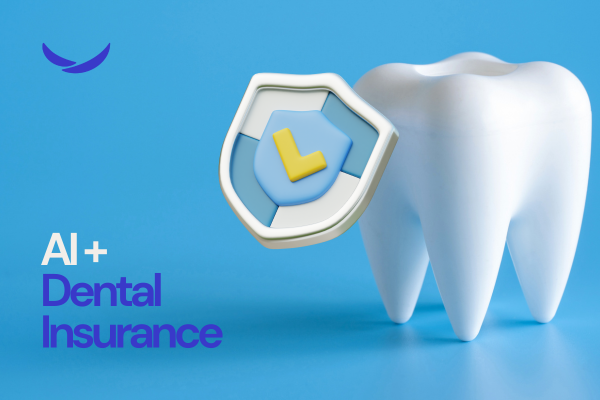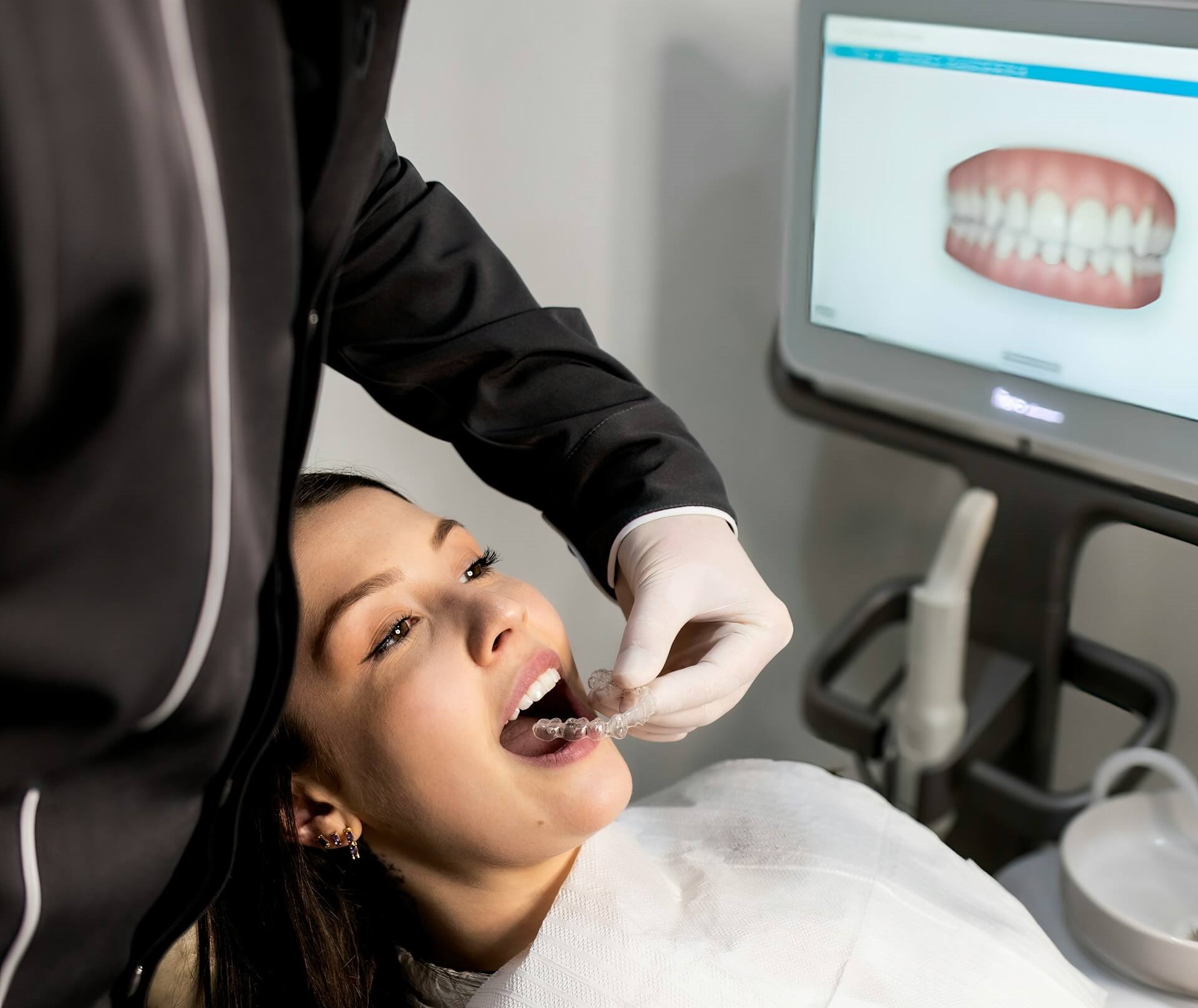Clinical Intuition
“In dentistry, even with all our advancements, clinical decisions often come down to a blend of intuition and habit. But in a world where patients are becoming more informed and demand consistency, how much do we still rely on gut feelings—and what does that mean for truly patient-centered care?”
What You’ll Learn:
- The hidden challenges behind dental treatment decisions.
- What truly affects consistency in patient care?
- How AI is reshaping dental treatment practices?
Introduction
Despite the strides in dental science, the world of dentistry isn’t as black and white as it might seem. Day in and day out, dentists face a myriad of gray areas that make each diagnosis and treatment plan unique. While modern dental guidelines and technology provide structure, many decisions still hinge on personal judgment, accumulated experience, and, sometimes, a touch of guesswork. This mix of intuition and habit shapes clinical decision-making, often without us realizing how much it’s influencing the care we receive. The question is, can we improve? Or even better—can AI lead us toward greater consistency and accuracy in dental treatment?

Cognitive Biases: The Hidden Influence Behind Every Diagnosis
The decision-making process in dentistry is not purely data-driven; it’s deeply human. Dentists frequently encounter biases that subtly skew their judgments. For instance, the availability heuristic means a dentist might favor treatments they’ve used recently or frequently, whether or not those treatments are the best option for a specific case. Another common pitfall is confirmation bias, where practitioners may lean toward findings that confirm their initial impressions, sometimes overlooking contradictory evidence.
These cognitive shortcuts—while practical—can lead to inconsistencies in diagnosis and treatment recommendations. Beyond these biases, factors like the patient’s preferences, the perceived costs of treatments, and even a clinician’s mood or personal satisfaction with certain procedures can tip the scales. Consequently, similar cases can receive wildly different treatments, undermining the consistency that patient-centered care aims to deliver.
Emotional Strain and Decision Fatigue: Dentistry’s Quiet Struggle
Adding to the challenge, dentists are not immune to the intense emotional demands of their profession. High patient expectations, long work hours, and the constant pressure for precision can lead to significant mental strain and even burnout. In fact, nearly half of the dental workforce reports feeling some level of emotional exhaustion. This fatigue can blur clinical judgment, increasing reliance on heuristic-based decisions and potentially impacting patient outcomes. The impact is not only psychological but also practical: burnout can lead to diagnostic errors, hesitation in decision-making, and a greater tendency toward “safer,” more familiar treatments. And while fatigue is something many professionals face, in fields like dentistry, where every millimeter matters, its effect can have far-reaching consequences for both the provider and the patient.
Intuition vs. Analysis: Striking a Balance in Clinical Judgment
An intriguing aspect of dental decision-making is the interplay between rapid, intuitive reasoning and more deliberate, analytical thinking. Experts frequently switch between these two modes. For routine cases, an intuitive, almost automatic approach may suffice. But for more complex cases, dentists are encouraged to dive deeper, relying on systematic analysis to avoid snap judgments. Yet even the most seasoned professionals can sometimes fall back on “anchoring” their decisions based on initial observations or opting for familiar, lower-risk treatments. Such cognitive biases demonstrate how vital it is to balance intuition with structured, evidence-based judgment. This balance could significantly improve consistency in patient care—but it’s easier said than done.

Enter AI: Dentistry’s Potential Game-Changer
So, where does AI fit into all of this? For many, AI in healthcare represents a promising solution to these challenges. By leveraging machine learning and data analysis, AI in healthcare can help provide data-backed support for diagnoses, acting as a powerful “second opinion” that complements a dentist’s expertise. Research shows that AI in healthcare can improve the detection of early-stage dental issues, like cavities or periodontal disease, by evaluating radiographs with remarkable accuracy and consistency. This level of detail is particularly valuable, as human oversight or fatigue may miss subtle indicators of disease that AI can pick up. Beyond diagnostics, AI in healthcare offers another crucial benefit: it minimizes cognitive biases by analyzing data objectively. Unlike humans, machine learning algorithms don’t favor familiar outcomes or confirm pre-existing beliefs. Instead, they provide a standardized, data-driven approach that can reduce variability in treatments and enhance reliability across practitioners. This objectivity helps streamline clinical decisions, ensuring that treatment plans are based on actual data rather than unconscious preferences.
Collective Intelligence: Harnessing AI for a More Informed Practice
One of AI’s most exciting roles is its ability to harness collective intelligence by pooling diagnostic insights from thousands of practitioners worldwide. Imagine an AI platform that continuously updates with anonymized treatment data from clinicians globally. By gathering patterns across cases, AI can offer consensus-based recommendations that draw from a massive database of knowledge. This collective approach has already shown promise in pilot studies for complex cases, where diverse perspectives improve diagnostic accuracy beyond individual assessments. This shared intelligence also means that dentists have access to a wealth of information that a single individual might never amass alone. In an era where collaboration is key to advancing healthcare, AI acts as a conduit for collective expertise, creating a rich tapestry of insights that benefits each patient and each practitioner.
AI and Patient Empowerment: Closing the Gap Between Knowledge and Understanding
A lesser-known benefit of AI is its capacity to empower patients. AI-driven tools can create clear, visual explanations of diagnoses and treatment plans, helping patients to better understand the “why” behind clinical recommendations. This transparency fosters trust and bridges the gap between the clinician’s expertise and the patient’s expectations. For many patients, being informed leads to greater satisfaction, less anxiety, and a sense of control over their care journey. Furthermore, as AI tools continuously learn from new patient data, they don’t just keep up with advancements in dental science—they drive it. Each interaction, each diagnosis, each update enhances the AI’s knowledge base, aligning it even more closely with the latest research and clinical best practices.
The Future of Dentistry: Toward a Consistent Standard of Care
AI isn’t here to replace the dentist; it’s here to support them, offering a level of precision and objectivity that reduces human error, addresses cognitive biases, and ensures a consistent standard of care. By integrating AI into dental treatment practices, the profession can overcome long-standing challenges, delivering treatments that are as reliable as they are personalized. As AI continues to evolve, its role in dentistry will only expand, becoming an indispensable resource for clinicians committed to excellence in patient care.














